Blockchain vs. Traditional Databases: Understanding the Differences and Advantages

Blockchain technology has emerged as a game-changer in the digital era, revolutionizing the way data is stored, processed, and verified. Unlike traditional databases that rely on a centralized authority for decision-making and data management, blockchain operates in a decentralized manner, ensuring transparency, security, and immutability. In this article, we will explore the key differences between blockchain and traditional databases, highlighting the unique features and advantages of blockchain technology.
Understanding Consensus Mechanism: The Foundation of Decentralization
Consensus is a fundamental aspect of blockchain technology that enables its decentralized nature. In traditional centralized systems, a central authority makes decisions and ensures agreement among participants. However, in a decentralized blockchain network, consensus is achieved through a distributed agreement among participants.
The consensus mechanism in blockchain networks ensures that all participants agree on the validity of transactions and the order in which they are added to the blockchain. By achieving consensus, blockchain technology eliminates the need for intermediaries and creates a trustless environment. This decentralized approach increases the resiliency of the network, as there is no single point of failure. Each participant in the network plays a role in the consensus process, contributing to the overall security and integrity of the blockchain.
Comparing Data Structures: Distributed Ledger vs. Centralized Database Architecture
Blockchain technology utilizes a distributed ledger, offering several advantages over traditional centralized database architecture. In a centralized database, all information is stored in a single location, making it vulnerable to hacking and manipulation. On the other hand, a distributed ledger in blockchain stores data across multiple nodes in a network. This decentralized approach ensures that no single entity has control over the entire database, making it highly resistant to attacks and tampering.
Furthermore, the distributed ledger in blockchain provides transparency and immutability to the data. Every transaction or piece of information added to the blockchain is recorded as a block, which is linked to the previous blocks through cryptographic hashes. This creates a chronological chain of blocks that cannot be altered without the consensus of the majority of nodes in the network. In contrast, centralized databases are susceptible to human error or intentional modification, compromising the integrity and reliability of the data. The distributed ledger structure of blockchain eliminates the need for trust in a single authority and gives users confidence in the accuracy and authenticity of the information stored on the blockchain.
Highlighting the Tamper-Proof Nature of Blockchain Records: Immutability
The immutability of blockchain records is one of the defining features of this technology. Unlike centralized databases where data can be easily altered or deleted, blockchain ensures that once a record is added to the chain, it cannot be tampered with. Every transaction or data entry is permanently stored and linked to the previous block through a cryptographic hash, forming an unbreakable chain of information. This tamper-proof nature provides a high level of integrity and trust, making blockchain ideal for applications where data immutability is crucial, such as financial transactions or supply chain management.
The security of blockchain records is achieved through various cryptographic techniques. Each block in the chain contains a unique digital signature that validates its authenticity and integrity. Moreover, the decentralized nature of blockchain ensures that no single entity can control or manipulate the entire network. This distributed consensus mechanism, often achieved through protocols like proof-of-work or proof-of-stake, requires agreement from a majority of participants before a new block can be added. The consensus process ensures that any attempt to alter a record would require the collusion of a significant number of participants, making it virtually impossible to tamper with the data stored on the blockchain.
Examining the Public Visibility of Blockchain Transactions: Transparency
Public visibility is a key characteristic of blockchain transactions. Unlike traditional databases where access to information may be limited or restricted, blockchain transactions are visible to anyone within the network. This transparency is achieved through the decentralized nature of blockchain, where every participant has a copy of the distributed ledger. As a result, all participants can independently verify and validate each transaction, ensuring its accuracy and integrity.
This open visibility has significant implications for various industries. In finance, for instance, blockchain allows for greater transparency in transactions, reducing the potential for fraud and corruption. Similarly, in supply chain management, the ability to track and trace products through the blockchain can enhance accountability and promote ethical practices. By providing public visibility, blockchain technology empowers individuals and organizations to have a clear, unalterable record of transactions, fostering trust and enabling greater efficiency in diverse sectors.
Analyzing the Limitations and Potential of Blockchain Networks: Scalability
Scalability is a crucial aspect to consider when evaluating the limitations and potential of blockchain networks. As it stands, blockchain technology faces significant challenges when it comes to scaling to handle large amounts of transactions efficiently. The decentralized nature of blockchain, which entails every participant having a validated copy of the entire ledger, constrains the speed at which transactions can be processed. This, coupled with the consensus mechanism required for validating transactions, can result in slower transaction times and increased resource consumption.
However, despite these limitations, there is potential for blockchain networks to improve scalability. One avenue for improvement lies in the implementation of layer-two solutions, such as off-chain protocols or sidechains. These can help alleviate the burden on the main blockchain network by enabling faster and cheaper transactions. Additionally, advancements in technology, such as the adoption of sharding or other scaling techniques, hold promise for enhancing the scalability of blockchain networks. By addressing the scalability issue, blockchain technology can potentially unlock its full potential and pave the way for widespread adoption in various industries.
Assessing the Cryptographic Features that Protect Blockchain Data: Security
Blockchain technology is renowned for its robust security measures, primarily attributed to its strong cryptographic features. These features serve as the backbone of blockchain security, ensuring the integrity and confidentiality of data stored within the decentralized network. One such feature is encryption, where data is encoded and can only be deciphered by authorized parties who possess the corresponding keys. This encryption technique prevents unauthorized access to sensitive information, making blockchain an attractive option for industries that prioritize data privacy, such as finance, healthcare, and supply chain management.
Another vital aspect of blockchain security is the use of cryptographic hash functions. These functions generate unique, fixed-length values, known as hash codes, for each block of data within the blockchain. Any changes made to the data in a block will result in a different hash code, immediately alerting the network to tampering attempts. This tamper-proof nature of blockchain records ensures the immutability of data once it is added to the blockchain, enhancing the trustworthiness and reliability of the information stored within the network. In this way, the cryptographic features of blockchain technology not only protect sensitive data but also contribute to the overall integrity and robustness of the network.
Unveiling the Programmable Capabilities of Blockchain Technology: Smart Contracts
Smart contracts are a revolutionary feature of blockchain technology, enabling the automation and execution of predefined agreements without the need for intermediaries. These self-executing contracts are built on the blockchain, allowing for trust, transparency, and efficiency in transactions. By leveraging smart contracts, parties can eliminate the need for third-party validation, reducing costs and increasing the speed of transactions. This programmable capability opens the door to various use cases, ranging from supply chain management to decentralized finance.
The key characteristic of smart contracts is their ability to enforce rules and conditions in a decentralized and immutable manner. Utilizing cryptographic algorithms, smart contracts ensure that the terms of the agreement are adhered to, providing a level of security and trust that is absent in traditional contract execution. Additionally, smart contracts are capable of autonomously executing actions based on predefined triggers, removing the need for manual intervention. This programmable feature empowers blockchain technology to go beyond simple record-keeping and enables the automation of complex workflows, bridging the gap between businesses and reducing inefficiencies.
Discussing the Role of Consensus in Decision-Making within Blockchain Networks: Governance
Blockchain networks operate on the principle of consensus, where decision-making is decentralized and shared among participants. Consensus plays a crucial role in ensuring the integrity and trustworthiness of the blockchain data. Unlike traditional centralized systems, where a single authority controls decision-making, blockchain networks rely on a distributed consensus mechanism.
Consensus mechanisms in blockchain networks are designed to achieve agreement among participants on the validity of transactions and the order in which they are recorded. This agreement is crucial for maintaining the consistency and immutability of the blockchain. Different consensus mechanisms, such as Proof of Work (PoW), Proof of Stake (PoS), and Delegated Proof of Stake (DPoS), have been developed to address various challenges and requirements of different blockchain networks. These mechanisms leverage cryptographic algorithms and economic incentives to incentivize participants to act honestly and reach consensus. By relying on consensus, blockchain networks can eliminate the need for trust in a central authority, making them highly resilient and resistant to attacks.
Understanding the Challenges and Possibilities of Integrating Blockchain with Traditional Databases: Interoperability
Blockchain technology has gained immense popularity in recent years due to its decentralized and immutable nature. However, one of the major challenges it faces is achieving interoperability with traditional databases. Integrating blockchain with existing database systems requires careful consideration of data compatibility, consensus mechanisms, and data exchange protocols.
One of the main obstacles to achieving interoperability is the difference in data models and structures between blockchain and traditional databases. While blockchain uses a distributed ledger, traditional databases rely on a centralized architecture. This contrast poses a significant challenge when attempting to synchronize and reconcile data between the two systems. Moreover, blockchain’s data immutability and tamper-proof nature can conflict with the dynamic and mutable nature of traditional databases, making it difficult to establish a seamless integration. Despite these challenges, the potential benefits of combining the transparency and security of blockchain with the efficiency of traditional databases make the pursuit of interoperability a worthwhile endeavor.
Exploring Real-World Applications Where Blockchain Outperforms Traditional Databases: Use Cases
Blockchain technology has gained popularity not only because of its decentralized nature but also due to its ability to outperform traditional databases in certain use cases. One such application is supply chain management. With blockchain, supply chain transactions can be recorded and tracked in an immutable and transparent manner. This ensures that the information about the origin, authenticity, and movement of goods is reliable and cannot be tampered with. In contrast, traditional databases often lack the same level of transparency and can be vulnerable to fraud or manipulation, making blockchain an ideal solution for enhancing supply chain efficiency and trust.
Another area where blockchain shines is in the realm of healthcare. The decentralized nature of blockchain allows for the secure and efficient sharing of medical records and patient information among healthcare providers. This technology ensures the integrity and privacy of sensitive data while also enabling seamless access for authorized parties. Compared to traditional databases that may suffer from issues like data breaches or interoperability challenges, the use of blockchain in healthcare provides a robust and reliable solution that puts patients’ confidentiality and trust at the forefront. It empowers individuals to have more control over their medical data while facilitating collaboration among medical professionals for better treatment outcomes.
Conclusion
Blockchain technology offers a decentralized, secure, and transparent alternative to traditional databases. With its consensus mechanism, distributed ledger structure, tamper-proof nature, and programmable capabilities, blockchain has the potential to revolutionize various industries and improve efficiency, trust, and security. While it may face challenges such as scalability and interoperability, ongoing advancements and research are paving the way for a future where blockchain becomes a mainstream technology. Embracing blockchain can unlock new possibilities, reshape business processes, and create a more decentralized and inclusive digital economy.

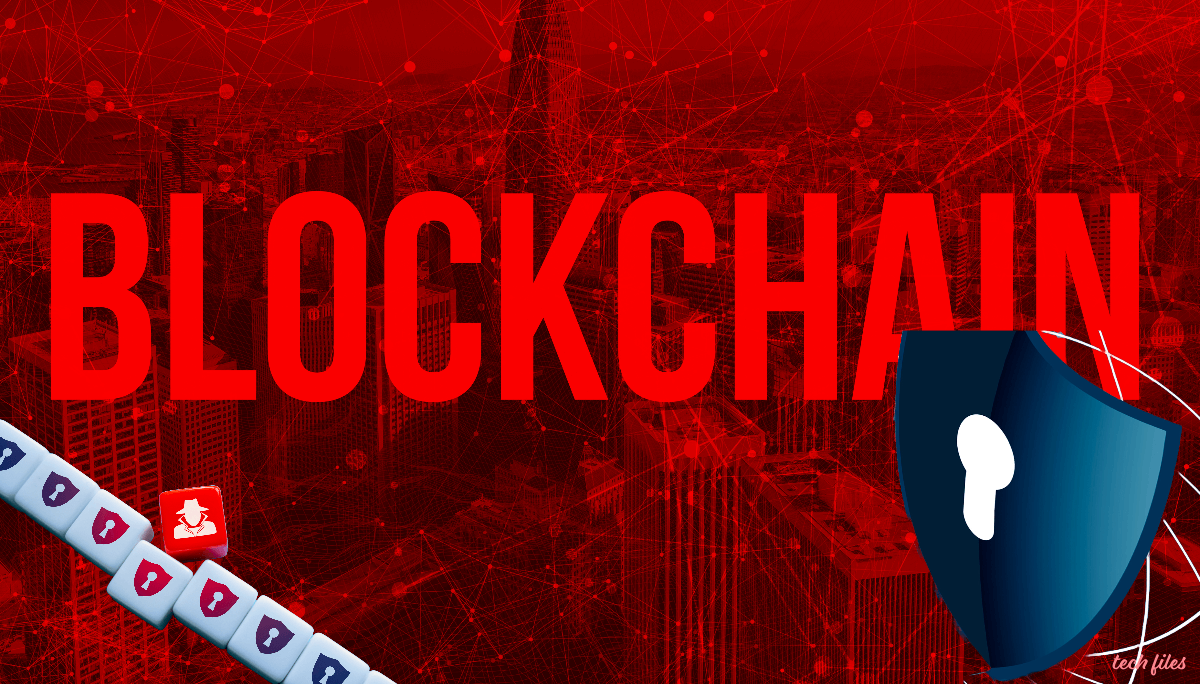

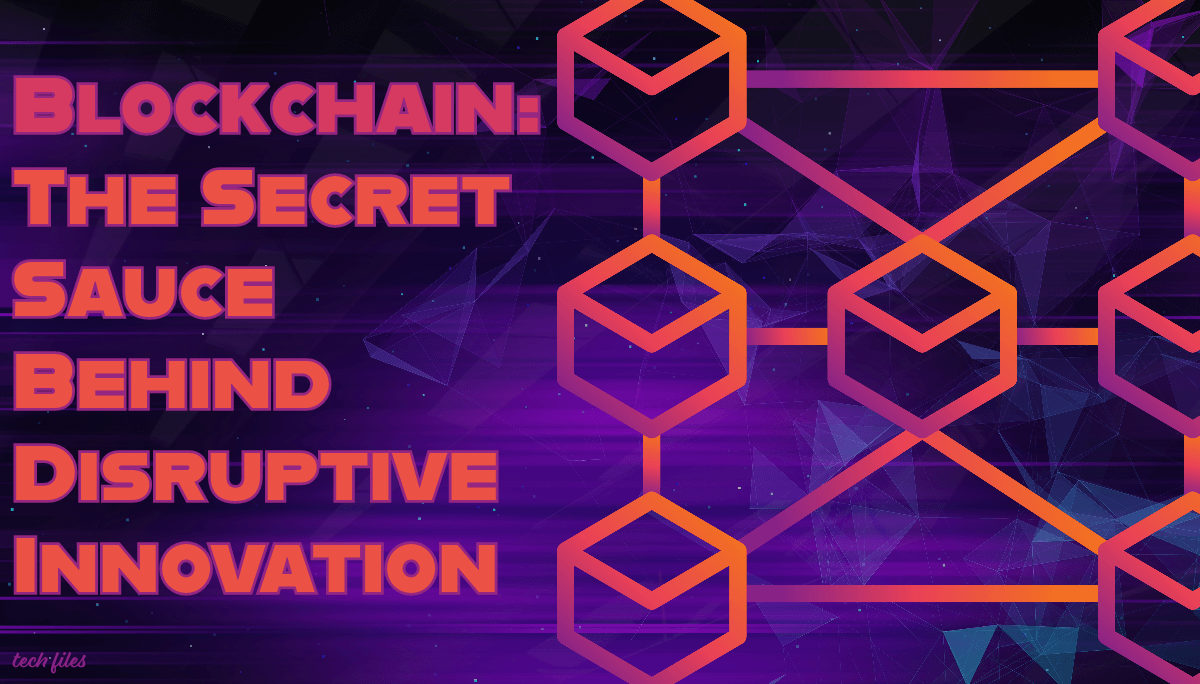
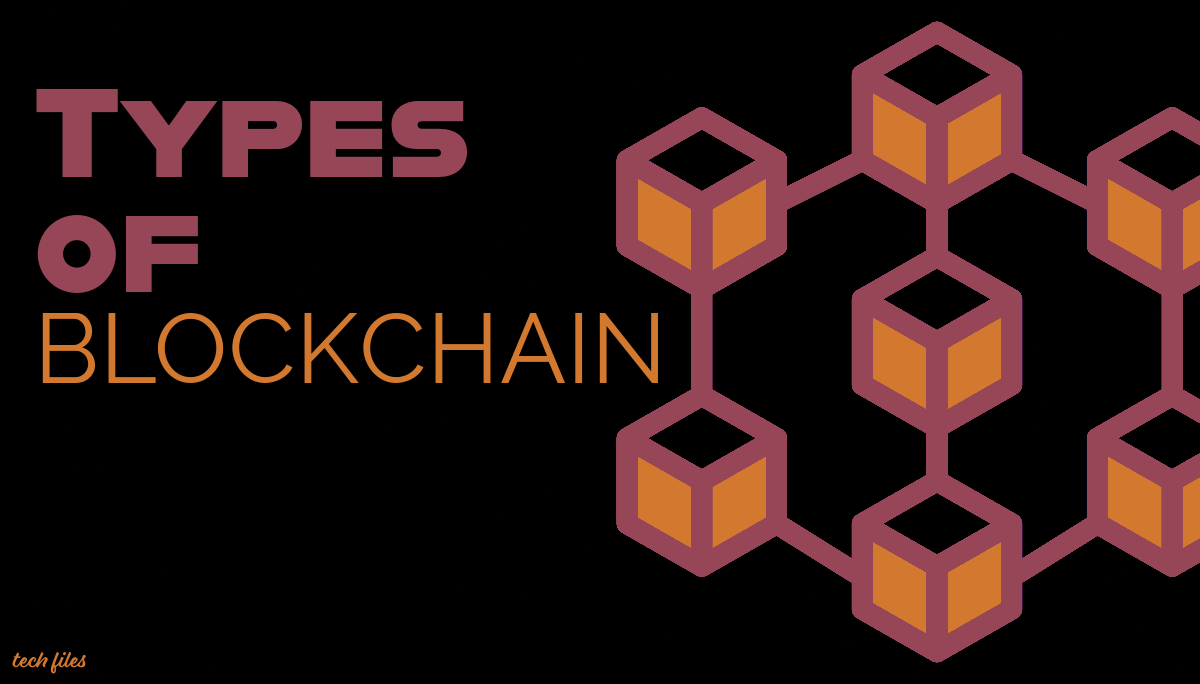

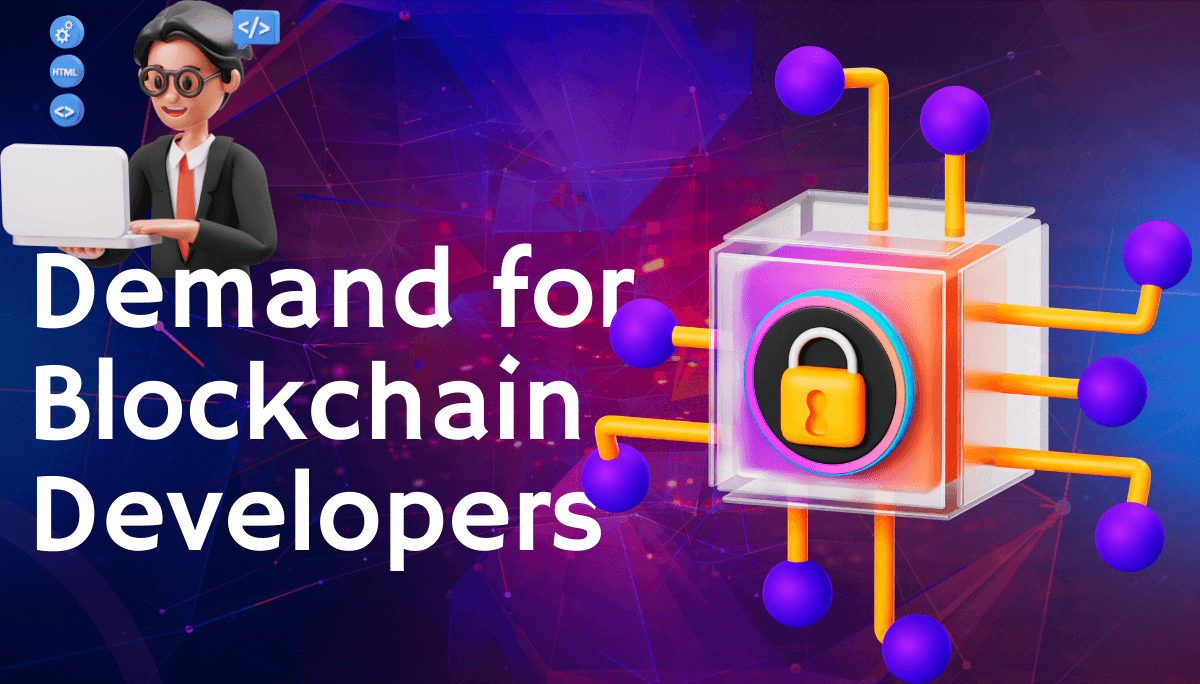




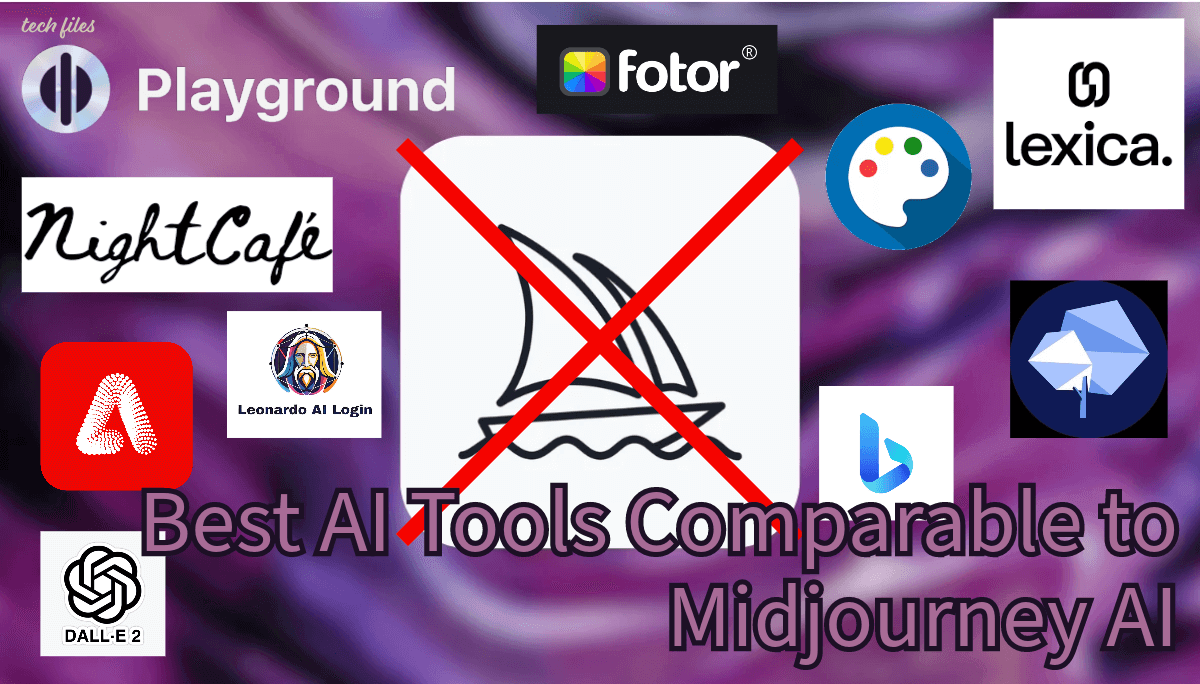
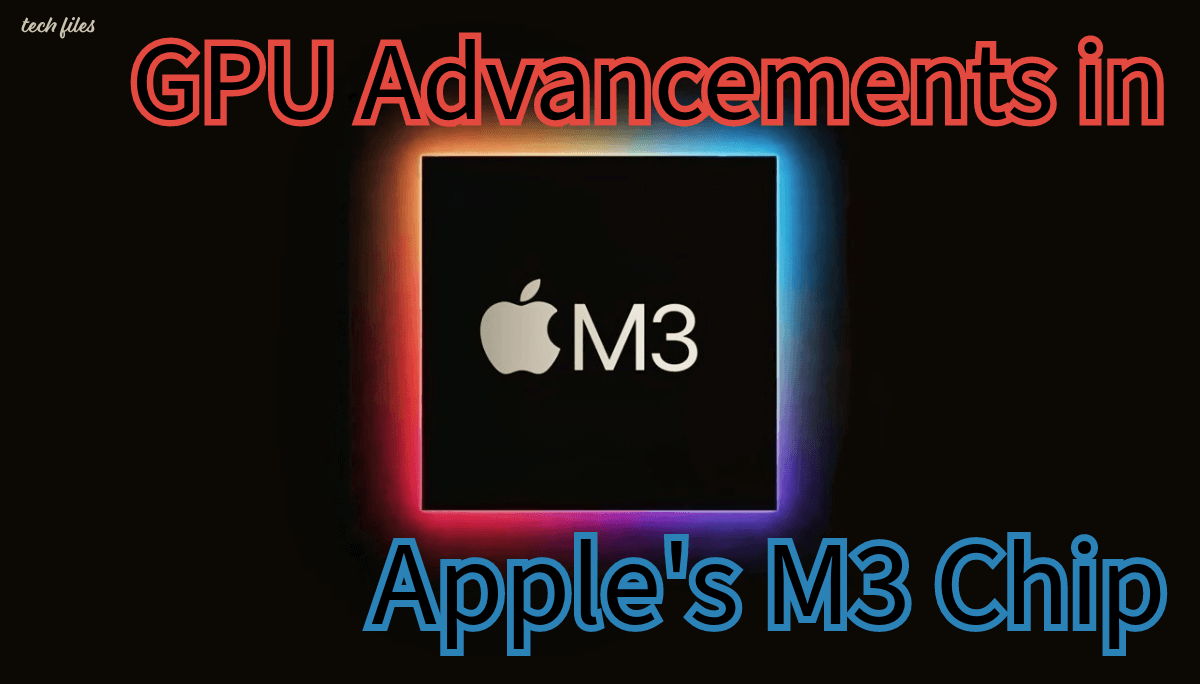
Sharing is caring!